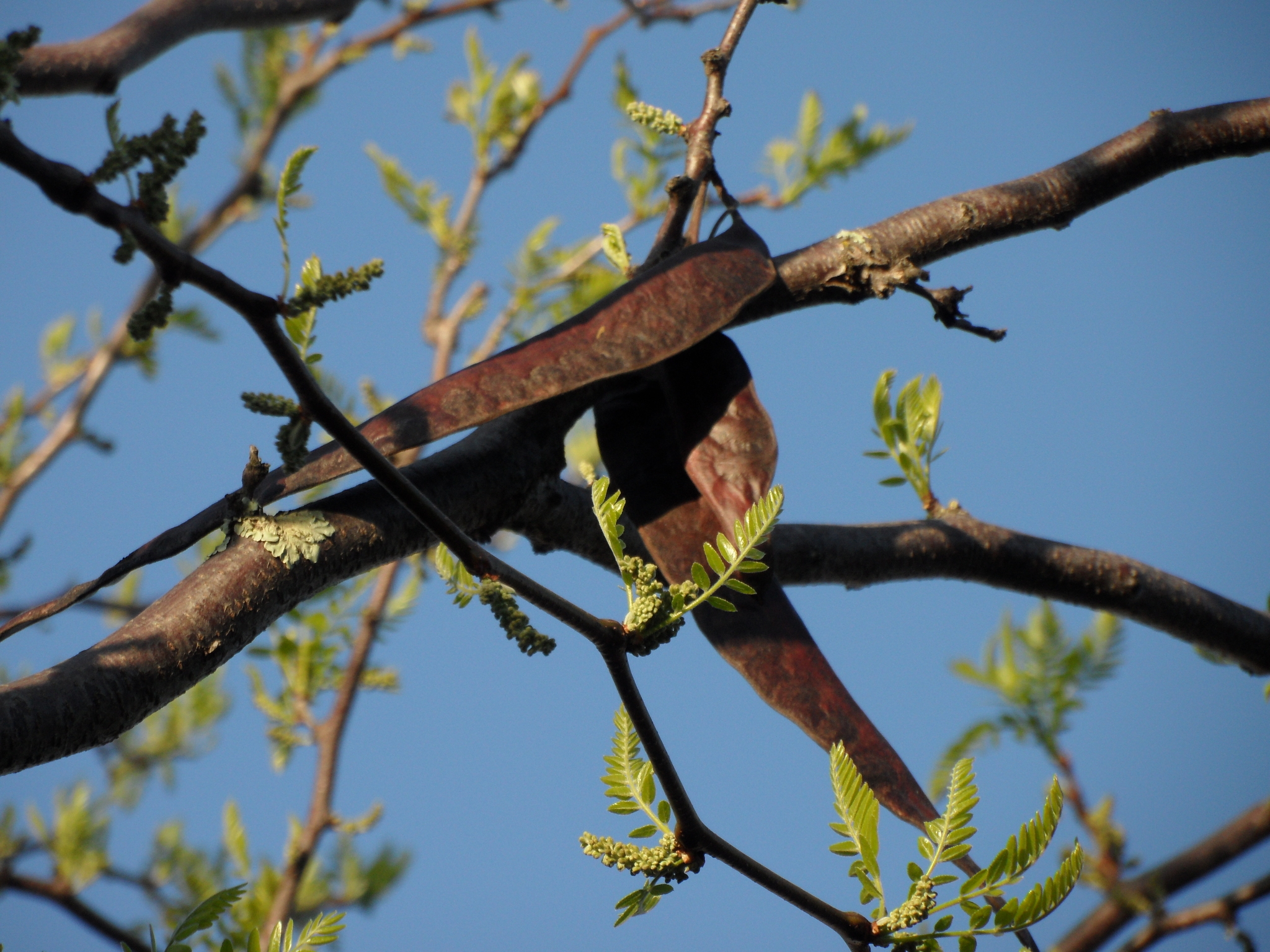
Commemorating J. Gottlieb Gliditsch (1714–86), Professor of Botany and Director of the Botanic Garden of Berlin.
Deciduous trees, generally with simple or branched spines. Leaves odd-pinnate and bipinnate on the same shoot; stipules small and soon shed. Leaflets numerous, more or less opposite to alternate with shallowly toothed margins. Flower clusters usually appearing with the leaves. Flowers small, regular. Calyx lobes 3-5, edge to edge. Petals same number as sepals. Stamens 4-10. Fruit pods stalked, flattened, straight to sickle-shaped or twisted, indehiscent or late-dehiscent.
About 14 species from N America, Europe and India to Japan.
Seed, cuttings or suckers.
G. triacanthos is a source of fodder for stock.
Leaves mostly pinnate but occasionally bipinnate on the same tree; flowers greenish yellow, in distinctive narrow spike-like clusters. Differs from the vegetatively similar Virgilia oroboides by the occasionally doubly pinnate leaves and scalloped leaflets.
Wagenknecht (1961).
Source: (2002). Caesalpiniaceae. In: . Horticultural Flora of South-eastern Australia. Volume 3. Flowering plants. Dicotyledons. Part 2. The identification of garden and cultivated plants. University of New South Wales Press.
